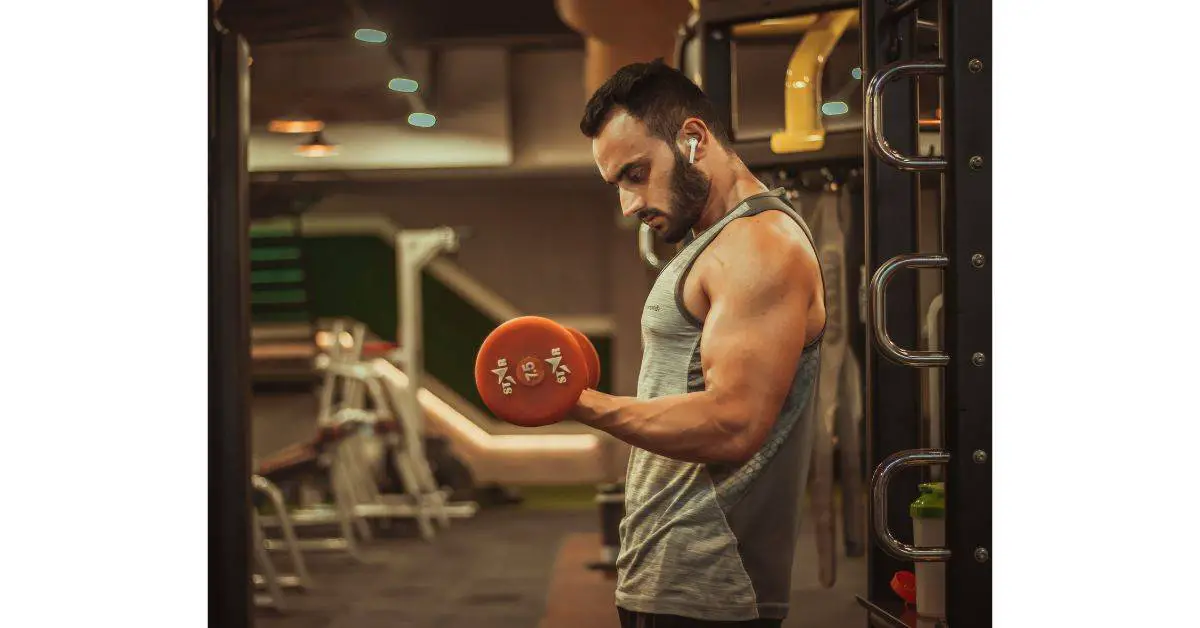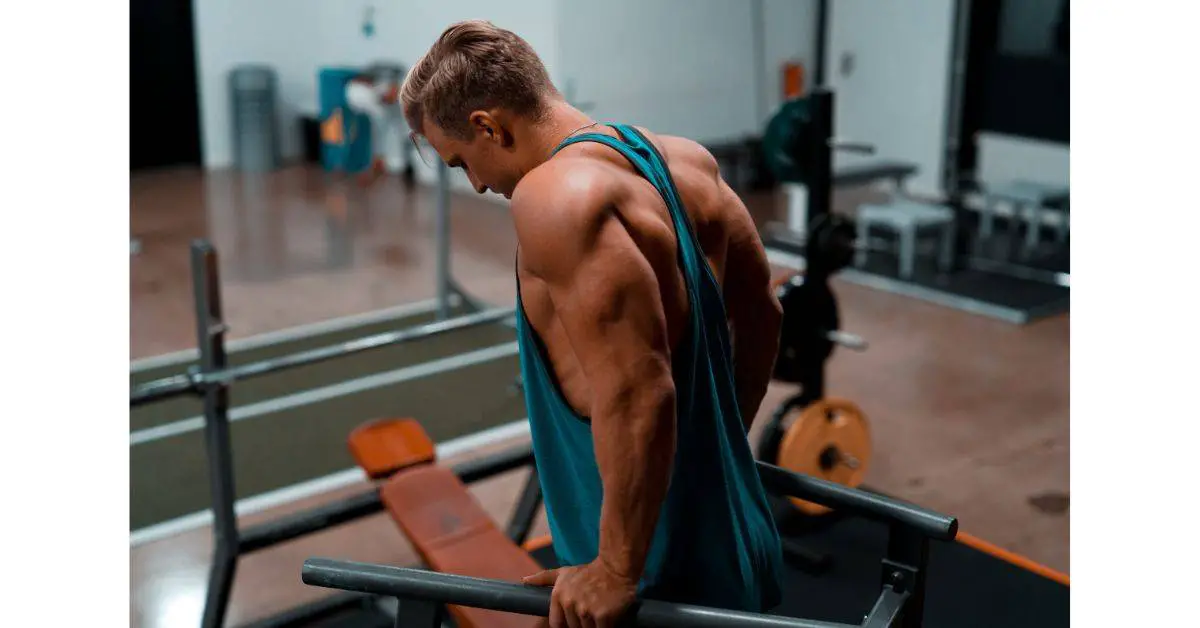Most boxers you’ll see are ripped and muscular. That’s because their entire goal in training is to be strong and have a low body fat percentage. They achieve that by having a perfect diet suitable for their purposes (building muscle and losing body fat.)
Many professional boxers are muscular, not because they box, but because they lift weights and eat more calories than they burn. As a result, their bodies build muscle from the extra calories they consume. However, boxing doesn’t build muscle, as it doesn’t include any resistance; thus, it won’t cause micro-tears in the muscles.
Likewise, professional boxers will always have a team of professionals assisting them in their journey. They’ll sometimes even have a private chef cooking for them to ensure they eat only healthy and nutritious meals.
Likewise, their coach will ensure their diet and training routines are perfect. Therefore, they’ll be able to build themselves up without facing too many obstacles.
While boxing is challenging, especially if you’re a professional wanting to push yourself to your limits, having a team behind you to ensure you stay ripped is life-changing.
This article will discuss whether boxers are muscular. If you want to know whether boxing will kill your gains, follow the link to a piece of mine on the topic.
How do boxers get muscular?
Getting muscular is a complicated task. All professional boxers, however, have a coach guiding them through their difficult journey. That’s how they can see more results than the average person. So, here’s how fighters get muscular:
Boxers get muscular because they do resistance training, mostly weightlifting and bodyweight exercises. Boxing alone won’t build muscle, as it’s not enough for hypertrophy, the muscle-building process in our bodies, to commence. Weightlifting, unlike boxing, provides enough resistance for it to occur.
The typical recommendation for building muscle is to complete three to four sets of eight to 12 reps of an exercise
SOURCE

Now that we know how many sets and repetitions are optimal for building muscle, here’s how much you should train:
Weight training for 20 to 30 minutes, 2 to 3 times a week is enough to see results. You should try to target all your major muscle groups at least twice throughout your weekly workouts
SOURCE
Yes, as little as 20 minutes twice a week is enough to see results. However, professional boxers train for more than that, as they want to optimize their training routines. That’s how they manage to have a large amount of muscle while staying lean year-round.
If you follow that, you can expect to gain between 0.25 and 0.5 pounds of lean muscle mass per week. Such a number is highly optimistic, and you’ll experience the changes only after a month or two, assuming you stay consistent.
Does boxing build muscle?
While many believe boxing alone can build muscle, it’s not as accurate. Unless you include resistance training in your boxing sessions, sparring and fighting won’t be sufficient to cause hypertrophy, the muscle-building process in our bodies, to execute.
Boxing alone will not build muscle, as it doesn’t include enough resistance to cause micro-tears in your muscles. Weightlifting, for instance, causes enough micro-tears for your body to rebuild the muscle, but only stronger this time. Punching doesn’t have enough resistance, so even the best boxers in the world lift weights.
Let me repeat that, the best boxers in history all lifted weights. This is because they knew that boxing alone wouldn’t be able to provide them with a sufficient amount of muscle.
As such, they all lifted weights numerous times per week.
I highly recommend hiring a professional to build a muscle-building training routine if you don’t know how to optimize your training routine to build muscle.
The primary guideline is to eat more calories than what you burn. Your diet will drastically change, depending on your goal. For example, if you want to lose body fat, you’ll be required to consume fewer calories than you burn daily.
I wrote a complete guide on how you should eat as a boxer; follow the link to read it!
How are boxers ripped?
Being ripped means having at least a decent amount of muscle mass while having a low body fat percentage. Unfortunately, it can take years for someone to get ripped, especially if one’s full-time job isn’t related to one’s physique.
Boxers are ripped because boxing is an exercise that burns plenty of calories, allowing you to be at a caloric deficit effortlessly. Being ripped means you have a decent muscle mass and a low body fat percentage. Likewise, being in a caloric deficit will help you lose fat, so boxing gets you ripped.
Being in a caloric deficit will help you lose body fat. In addition, boxing will help you retain your muscle mass while improving your endurance and aerobic shape.
These are key in becoming ripped, hence having a low body fat percentage and high muscle mass. That’s why boxers seem to stay ripped effortlessly.
What type of physique do boxers have?
Before answering which physique boxers have, it’ll be best to understand why boxing is a suitable sport for becoming ripped. You already know that being ripped is having a decent amount of muscle mass while having a low body fat percentage. Now, let’s see which physique boxers have.
The primary physique professional boxers have is one of low body fat and high muscle mass, or ripped. They build muscle mass through resistance training, more precisely, weight lifting. Likewise, they can lose body fat by burning enough calories by boxing and running. Of course, their diets are on-point.
In just one hour of boxing, you can burn up to 800 calories.
SOURCE
As you can see, boxing is a sport you can do to burn plenty of calories. So naturally, it’s only common sense that it’ll help you remain shredded all year round, especially if that’s your full-time job.
Imagine thinking about your physique and shape all day long while your income depends on how well you perform and train. That would be enough incentive for most people to stay consistent and dedicated, especially professional boxers.
Do boxers lift weights to gain muscle?
Boxing alone will not help you build muscle. That’s why many boxers, and all professional ones, lift weights. They want to punch as hard as possible; that’s why they have to be stronger than their peers while still being in solid shape all year round.
Boxers, especially professional boxers, lift weights to be as strong as possible for their next fight. But, unfortunately, boxing alone won’t allow you to build as much muscle as you need to compete at the elite levels. As a result, strength training, such as calisthenics and weightlifting—is key to becoming a solid boxer.
Just look at the force Mike Tyson can throw with a single punch. Do you think he could do that if he had no muscle mass? I think not.
Eventually, weightlifting goes hand in hand with boxing. You must be stronger if you want to become a solid boxer capable of throwing a fierce punch that knockouts the opponent. You’ll be required to have a decent amount of muscle mass.
If you want to pack a more powerful punch, follow the link to an article of mine on how to boost your punching power so that you can win more boxing fights.
Final words
Most professional boxers are muscular. That’s because they want to be able to throw a forceful punch. So how can they do that without having at least a decent amount of muscle mass?
That’s why all professional boxers, without exception, lift weights. You’ll be required to gain muscle to become a professional boxer.
You’ll also enjoy reading about 7 ways to box without a punching bag. Follow the link to learn all about it.

